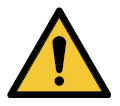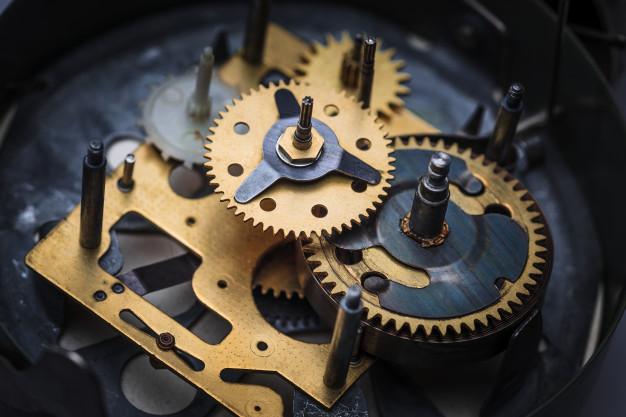29.10.20
"Is the machine used according to the manufacturer's specifications?"
Operators should ask themselves this question on an ongoing basis, especially on special occasions such as changes in work processes, the use of new types of operating and auxiliary materials, changing locations and conditions.
These occasions mean the need for an assessment and review of the operating instructions - in particular the intended use.
Some practical examples:
-
In one case a lifting platform was purchased, which the manufacturer designed according to the product standard for lifting platforms. For working under the lifting platform there are no appropriate protective measures provided and this activity is therefore prohibited.
However, the operator wanted to use the platform as a vehicle lifting platform (including carrying out work under the platform). However, this application was excluded in the intended use by the lift manufacturer, as vehicle lifts are subject to a separate product standard with different requirements. -
A frequent case is that extraction systems - whose original manufacturer's design - no longer safely treat all "currently" generated substances. This must be evaluated critically in terms of safety if, for example, the explosion properties of the substances to be extracted or the health risks to workers from the substances change.
The Austrian Federal Law on Safety and Health Protection at Work (ArbeitnehmerInnenschutzgesetz - AschG) StF: BGBI. No. 450/1994 as amended by BGBI. No. 457/1995 stipulates in § 35. Use of work equipment that work equipment may only be used for work processes and under conditions for which it is suitable and for which it is intended according to the information provided by the manufacturer or distributor.
Work equipment within the meaning of this federal law includes all:
- Machines
- Apparatus
- Tools
- Equipment and facilities
which are intended for use by employees.
Work equipment includes in particular also means of transport of persons or goods, elevators, ladders, scaffolding, steam boilers, pressure vessels, firing systems, containers, silos, conveying lines, power-operated doors and gates as well as lifting, tilting and rolling gates.
Accordingly, the intended use should already be agreed with the manufacturer at the time of ordering or checked before commissioning the machine.
 If the use or conditions of use of work equipment are changed to an extent not originally intended by the manufacturer or distributor, the operator must carry out a hazard analysis with the necessary measures.
If the use or conditions of use of work equipment are changed to an extent not originally intended by the manufacturer or distributor, the operator must carry out a hazard analysis with the necessary measures.If the work equipment is significantly modified or redesigned to change its original performance, use or design, it may be considered a new product. The product must accordingly be subjected to a new conformity assessment procedure.
In addition, the manufacturer of a machine has the obligation to determine the limits of the machine within the framework of the risk assessment, which includes its intended use and any reasonably foreseeable misuse. The machine must then be designed and built taking into account the results of the risk assessment. If an accident occurs due to a reasonably foreseeable misuse, the manufacturer can also be held (jointly) responsible.
We are happy to support you already during or before the purchase or sale, in the drafting of contracts and the inspection of work equipment.
